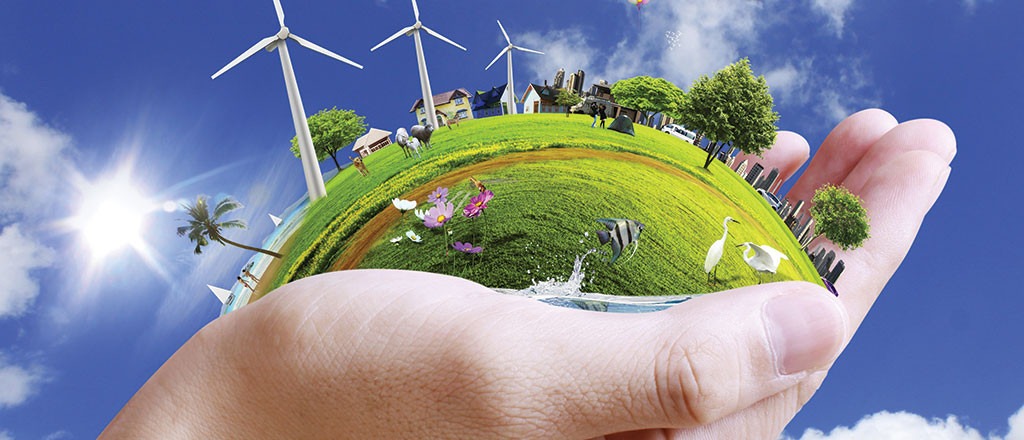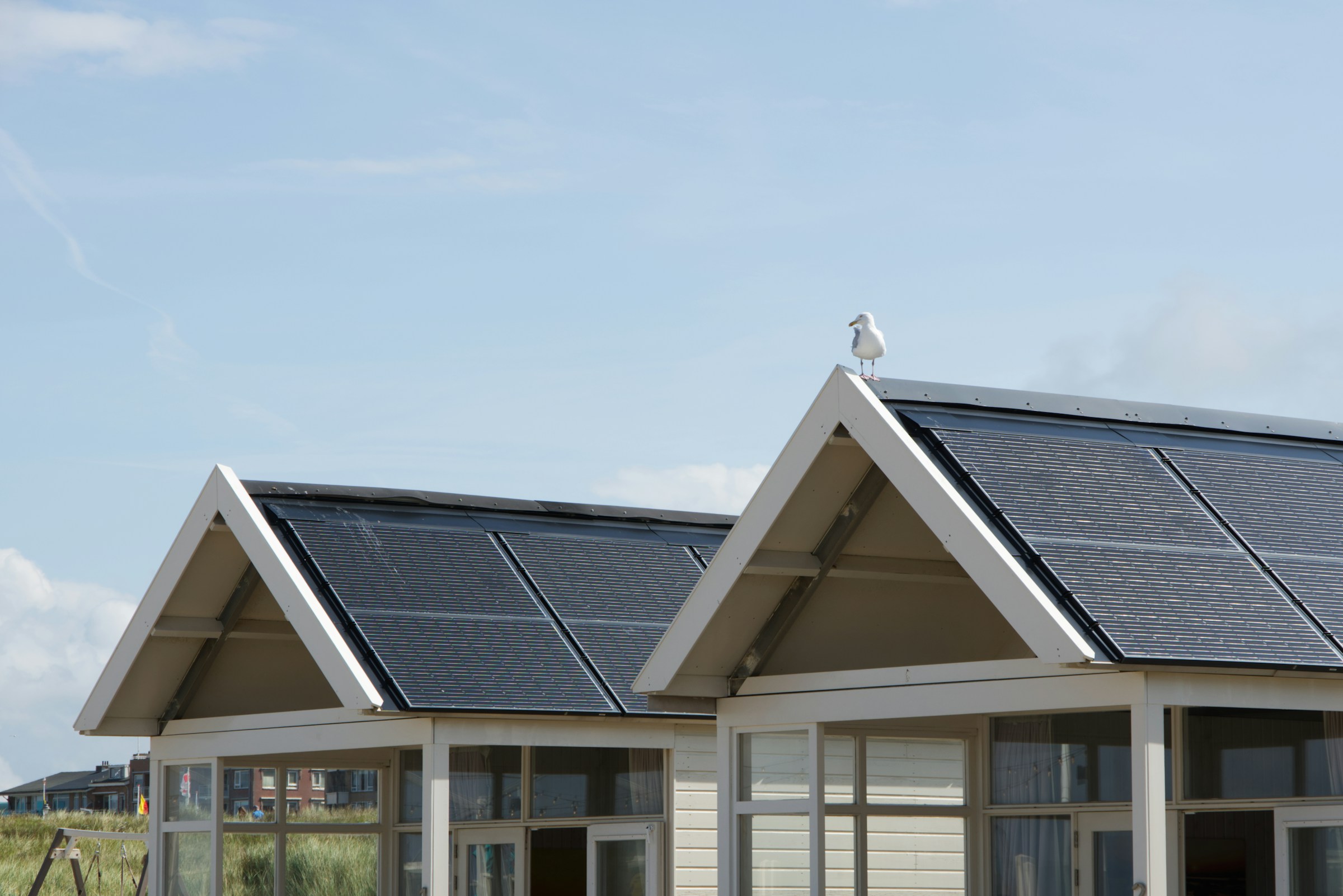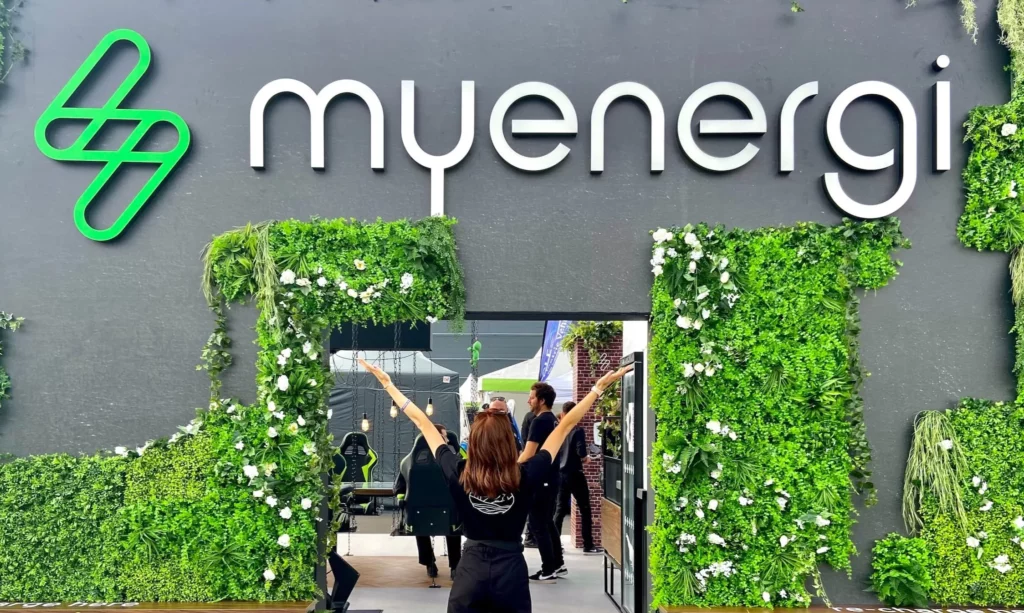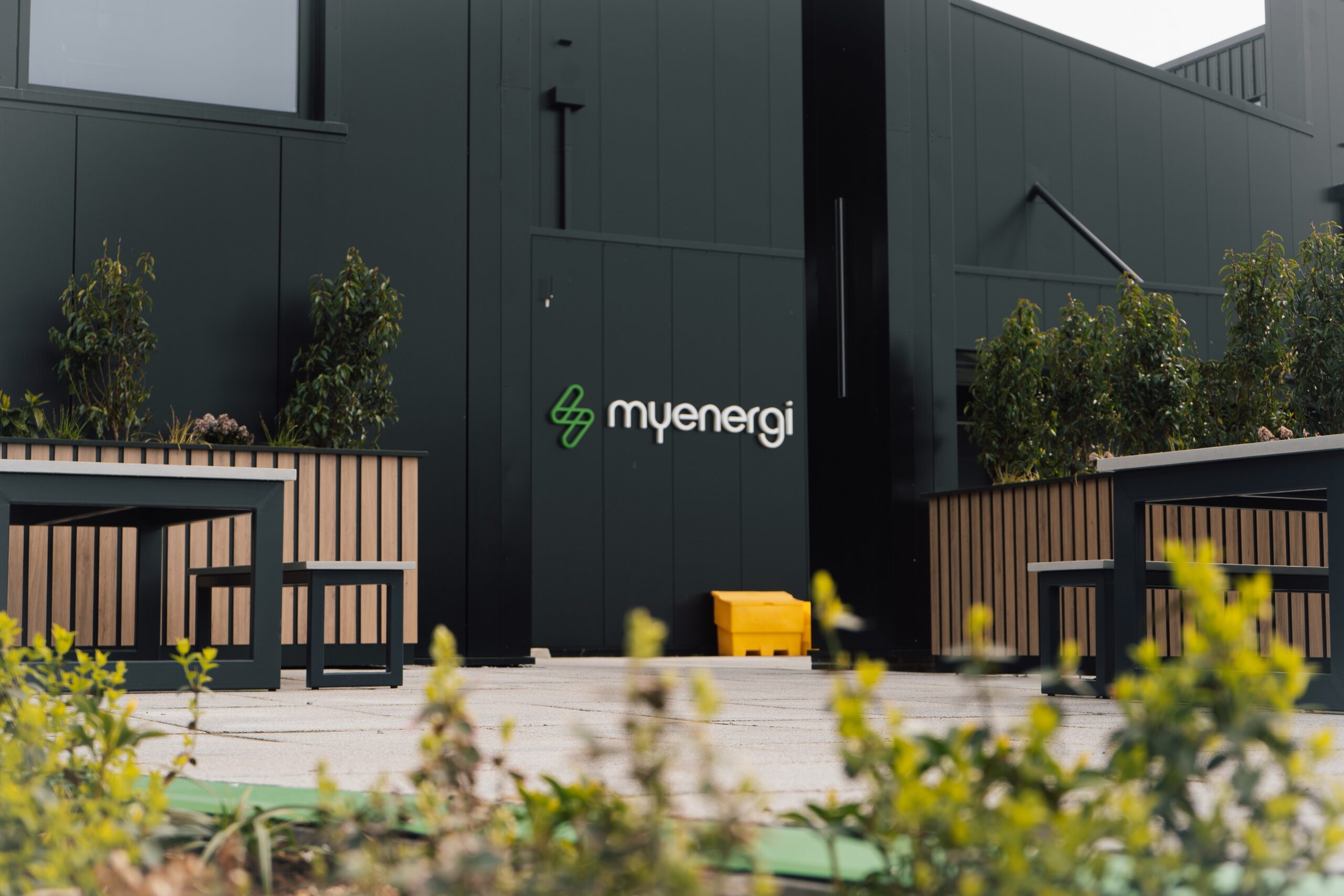For the last four years, more renewable energy sources have been installed across the world than new fossil fuel and nuclear capacity combined. Meanwhile, in the UK, the government recently committed to cut greenhouse gases to nearly zero by 2050.
We, as a global society, are collectively realising just how crucial renewable energy is in rescuing our planet from the dark depths of climate change and global warming.
In fact, renewable energy now provides almost a third of the UK’s power, and that number is only set to increase with those in power’s continued focus on the environment.
In the past, humans have relied on fossil fuels to power our homes and propel our vehicles. This has had a monstrous effect on our planet, resulting in greenhouse gases polluting the air we breathe and the environment we and so many other wonderful creatures call home.
But no more.
Wondering how you can join the myenergi mission to create a more sustainable, greener, healthier and kinder future for our planet? First things first, before you discover each of our wonderful green products, you may need a greater understanding and appreciation of renewable green energy sources…
1) Wind power
Wind energy is power generated by wind turbines. Its importance was underlined earlier this year when the government announced plans to produce one-third of the UK’s electricity via wind by as soon as 2030.
Wind turbines create kinetic energy that is then transferred into electricity via a generator. Not only is wind power clean, sustainable and renewable, it has also created a tremendous amount of jobs, particularly in coastal towns as a result of off-shore wind potential.
2) Solar power
Did you know that there’s enough energy from the sun hitting the Earth every hour to meet the whole of humanity’s needs for an entire year? This makes solar power the most abundant energy source on the planet.
The government is investing more resources into solar power and subsidies, and with good reason, given that the majority of the public would install solar panels if they had greater assistance from officials.
Discover how solar panels work and the advantages of solar panels in our go-to guide.
3) Geothermal power
Geothermal energy has been used for thousands of years in the likes of hot springs across the world. It is essentially energy sourced from the searing heat of the earth’s core.
Such high temperatures create the motion of atoms and molecules, which is then transferred via heat pumps to warm and cool our water supplies and homes.
4) Hydro power
Hydroelectric power currently accounts for 71% of the world’s renewable energy. It generates energy through the power of flowing water, which is used to spin a turbine connected to an electric generator.
Modern turbines can convert up to 90% of the available energy into electricity, making hydroelectric power an extremely useful and sustainable resource.
5) Biomass power
Biomass is renewable power generated from organic sources. Examples include manure, forest debris and scrap lumber.
This carbon neutral energy is identified as renewable and sustainable as it utilises materials that would otherwise be wasted in landfills or by being openly burned and therefore turned into harmful emissions.
These materials are burned in a controlled environment that then turns the generated heat and steam to power turbines, thus turning it into electricity.
Learn more about the types of renewable energy
If you’d like to discover more about renewable energy and how it can save our planet, why not check out our sustainability mission and explore our renewable, green energy products?








